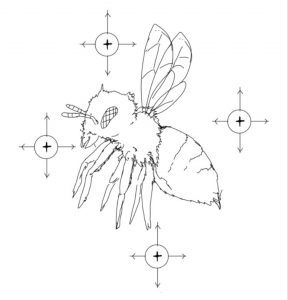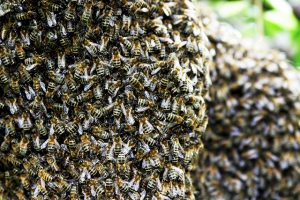Insect Wing Multi-functionality

Click Beetle Leg-Less Jumping Mechanism

LEAFHOPPER BROCHOSOME INSPIRED BIOMATERIALS

Morphological Characteristics and Functioning of Grasshopper and Dragonfly wings

Diffraction Grating in Beetles

ELECTROSTATIC FORCES IN BEEs

Tick Haller’s Organ

B.IE Algorithm

Arvydas Simbelis, Flickr.com (https://flic.kr/p/9YNwRG)
rrttt